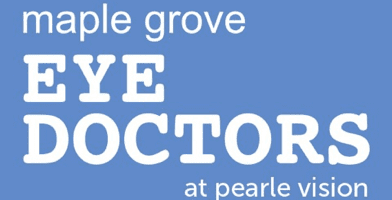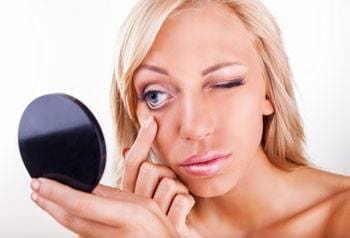WANT TO DELAY NEEDING READING GLASSES?
PUT ON YOUR SUNGLASSES!
In their 40s, the average American begins noticing some significant changes to their vision. When anything is held too close to the face, it’s harder to focus on -causing eye strain and blurry vision. It might feel like you need bright lights to see fine print. It might take longer to adjust your focus from cell phones, screens or tablets to objects across the room or down a hallway. All of these changes have one culprit: PRESBYOPIA.
Presbyopia is a normal age-related change to vision that results from a stiffening and loss of flexibility of the eye’s focusing system. The human lens sits behind the iris (the colored part of the eye) and is responsible for focusing light clearly onto the back of the eye. Much like a camera lens, it moves in and out to focus. The lens inside our eye is attached to muscles by hundreds of fibers (called zonules), so our muscles squeeze in and out to move the lens in and out of focus.
As we accumulate birthdays from year to year, the lens is one of the only body parts that never stops growing. It lays down layers one on top of the other like the rings of a tree trunk. That’s why sometime in our 40s, we notice our eye muscles are having more trouble moving the lens in and out of focus and adjusting our vision to see clearly up close. The lens has gotten so stiff, the muscles have to strain and work overtime to try to move it. Eventually in a few more years there’s no amount of squinting or muscle straining that will budge the lens at all. Things just stay blurry.
And that’s when we pick up those over the counter reading glasses.

Everyday patients experience this discouraging visual change and wonder, what could I do to make this better? Unfortunately no study has shown that eye muscle exercises can halt or reverse the effects of presbyopia. Because the eye muscles are just as strong as they have ever been, and it’s the thickening of the lens that’s the problem, eye exercises aren’t a possible solution since they don’t treat the actual problem.
With modern technology, we have no way to thin the lens or restore it’s flexibility, but a lot of research is looking at ways we could potentially delay onset of presbyopia until later in life. The best way to slow down the eye’s aging process? Sunglasses!

Sunlight exposes the skin and eyes to ultraviolet radiation, causing cellular damage over time that cause what we consider “normal” aging changes. Studies estimate that 90 percent of skin aging (wrinkles, discoloration, and thinning) is caused by exposure to the sun. In the eye, we know that ultraviolet light also causes discoloration and thickening of the lens, resulting in cataracts as we age.
While several companies are investigating ground-breaking treatment options to delay or even cure presbyopia, from eye drops to electric shock therapy, we are many years away from having treatable solutions.







